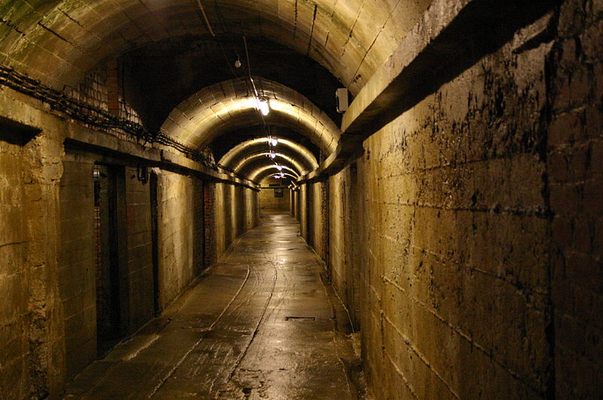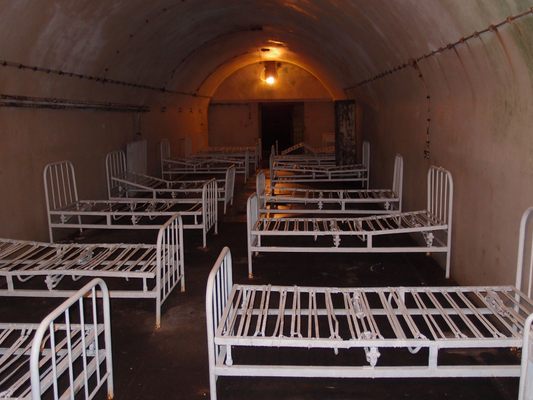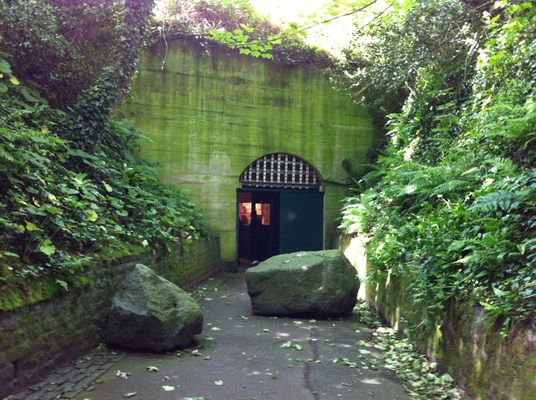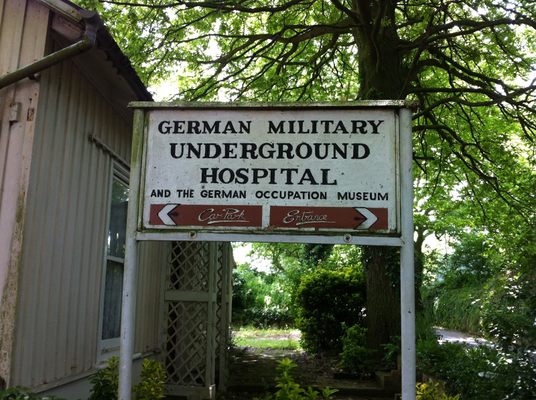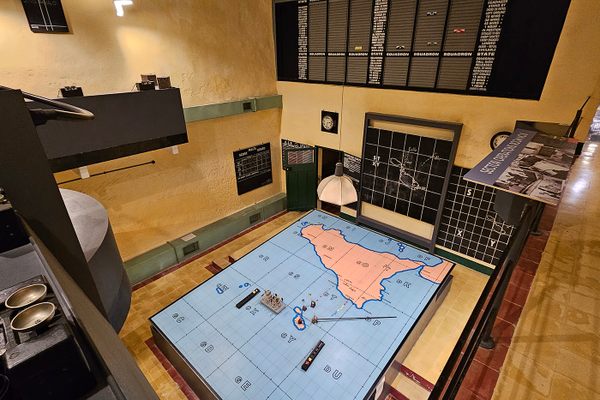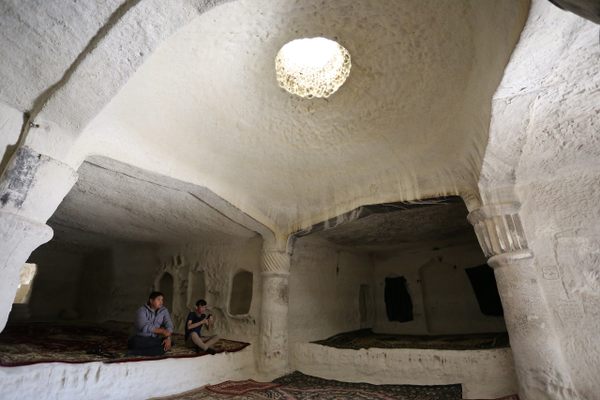About
Between the years of 1940 and 1945 hundreds of slave laborers working under the direction of German occupying forces dug 7,000 square meters in underground tunnels beneath Les Naftiaux in the British territory island of Guernsey.
The laborers, men and women of numerous nationalities, many of whom died in the tunnels' construction, used explosives, drills, hand tools, and their bare hands to carve these tunnels from solid rock. The subterranean complex was intended for use as a German military hospital and ammunitions storehouse.
By the time construction ceased at the onset of the D-Day invasion the hospital complex was large enough to house 500 patients and included facilities such as an operating room, X-ray room, dispensary, laboratory, and staff quarters, as well as a cinema, central heating plant, and kitchen. In addition to the three main entrances, the ventilation shafts were equipped with stairs and ladders so they could double as emergency exits.
For all its planning, after three years of construction the hospital was only in use for around three months during the summer of 1944 when German casualties of the D-Day invasion filled all available wards. Hospital operations were eventually moved above ground when it became clear that the tunnels' damp, dark atmosphere was not conducive to recovery. The ammunitions storage facilities fared slightly better, serving their intended purpose for around nine months.
Although much of the remaining equipment was removed by Allied forces in 1945, some remnants of the hospital's wartime use remain, including hospital beds, kitchen and heating equipment, and signs in German posted throughout. The tunnels are privately owned by Joyce Browning who opened them to the public in 1954.
Related Tags
Published
May 2, 2013
Sources
- http://www.visitguernsey.com/-German-military-underground-hospital
- http://www.guernseytravel.com/german-military-underground-hospital.html
- http://www.bbc.co.uk/guernsey/content/articles/2004/07/20/german_military_underground_hospital_today_feature.shtml
- http://www.bbc.co.uk/guernsey/content/articles/2004/07/20/german_military_underground_hospital_today_feature.shtml
